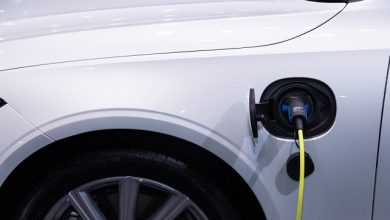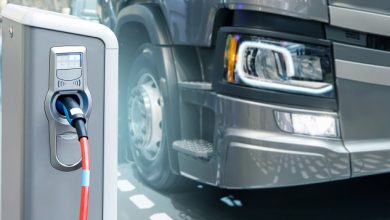There is absolute need for TCU in electric vehicle

Ashwin Ramachandra from Tata Elxsi shares his thoughts with Telematics Wire about the need for TCU in electric vehicles.
What is your view about the vehicle telematics market in India?
The Indian telematics market is estimated to grow by a CAGR of 18 to 20% from 2021 to 2027 and has a promising future. The market growth is seen from OEMs increasingly adopting telematics to provide their customers with remote control and diagnostic services and from increasing adoption by business such as the logistics sector and insurance sector for improving fleet management and providing pay as you use insurance respectively.
With industry leading OEMs providing subscription ownerships of their cars and growth of car rental companies and cab aggregators the need to relay information about the location of the car, health of the car and driving behavior is ever increasing. Further, increasing prices of fuel is nudging the Indian logistics sector to look towards telematics for fleet management. Thus, we predict that the telematics market in India will see a spectacular growth in the coming years.
Do you see the vehicle telematics aftermarket transition into OEM/’factory fitted’ in the coming few years?
Yes, we believe that an increasing variants/models of cars will have the TCU unit factory fitted in them by OEMs. The transition has already begun with a few Industry-leading OEMs in India providing telematics services to their customers either as an add-on or as an in-built feature of the car model.
Further all EVs need to be connected to enable monitoring of battery state of charge, state of health etc. Increased focus on EVs provide a further fillip to the Telematics market.
How long before TCUs become default fitment in vehicles?
We have seen the telematics technology trickle down from SUV segments to hatchbacks in the latest models. As with all technologies we believe that we will soon see telematics technology and the associated features it enables, being used as a differentiator in the lower segments of the Indian automobile market before it becomes a default fitment.
If viewed conservatively, we believe TCUs would be a default fitment in vehicles before 2030 considering the absolute need for TCU units in electric vehicle and taking into account NITI Aayog’s projection that by 2030, 70% of taxis and 30% of private cars would be electric vehicles.
With ADAS featuring in mid-range vehicles in India now, what will push for its presence in entry level vehicles?
We are seeing significant growth in the advanced driver-assistance systems (ADAS) market, particularly in Asia Pacific, with a 20 percent growth rate due to faster customer adoption. By 2022, the government will have implemented newer plans to improve safety, including making mandatory safety systems integrated for all passenger vehicles.
Due to increased regulatory pressure and rising pro-safety sentiments among the car-buying public, technologies such as turn-assist, blind-spot detection, and collision avoidance can percolate down from mid-range to entry-level vehicles. Customers have demanded similar safety attention for entry-level vehicles as a result of carmakers’ increased focus on safety in the mid-range segment. Electronic Stability Control (ESC) or traction control, Anti-lock Braking Systems (ABS), Lane Assist, and Adaptive Cruise Control (ACC) are examples of such features.
Considering the wide range of ADAS, how can regulatory push cover them?
The regulatory authorities in India would require to have a phased manner to cover the spectrum of ADAS features, starting with entry level features. Policies like the Bharat New Vehicle Safety Assessment Programme (BNVSAP) will change the Indian automotive market dynamics by mandating time-bound passive and active safety systems in new and existing vehicles. With applications of ADAS ranging from human transportation to logistics, last-mile connectivity, and more, carefully crafted regulatory policies can ensure effective adoption of ADAS. With the rollout of 5G and a highly connected transport system, stricter cybersecurity policies should be initiated and can aid in the faster adoption of driver assistance technologies that require support from the cloud.
Published in Telematics Wire




